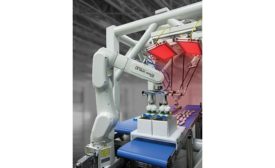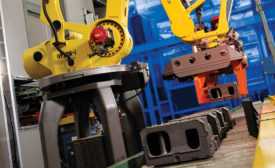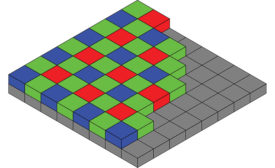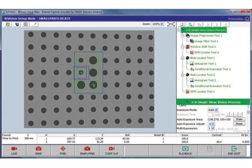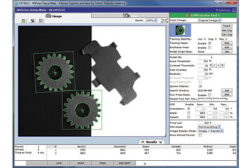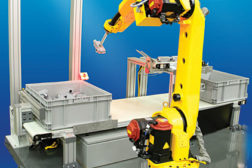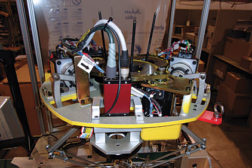Articles by David L. Dechow
Techniques for putting the latest technologies and components to work in your applications.
Read More
Practical VGR: Cutting-Edge Technologies and Applications
Let’s look at some of the latest vision and robotics technologies and related applications.
January 1, 2018
Top Seven Guidelines for Successful Systems Integration
AT SOME POINT, SOMEONE HAS TO MAKE IT ALL WORK.
December 16, 2015
Machine Vision Color Analysis
AN ENTRY-LEVEL OVERVIEW AND PRACTICAL GUIDE TO THE SUCCESSFUL IMPLEMENTATION OF COLOR ANALYSIS USING MACHINE VISION IN AUTOMATED INSPECTION AND ON-LINE QUALITY CONTROL APPLICATIONS.
July 8, 2015
Machine Vision Inspection Software
AN ENTRY-LEVEL TUTORIAL IN THE STRUCTURE, FEATURES, AND DIFFERENTIATION OF THE SOFTWARE USED IN TYPICAL MACHINE VISION SYSTEMS.
March 3, 2015
Image Analysis for Machine Vision
IT IS THE PART OF MACHINE VISION WHERE THE BULK OF THE ACTUAL “WORK” TAKES PLACE.
September 11, 2014
Standards
USB3 Vision: SuperSpeed for Machine Vision
IT APPEARS LIKELY THAT USB3 VISION AND GIGEVISION WILL EMERGE AS THE FRONTRUNNERS FOR CAMERA SELECTION IN GENERAL PURPOSE INDUSTRIAL IMAGING AND MACHINE VISION.
March 3, 2014
Fundamentals of 3-D Machine Vision
Machine vision capability is expanding rapidly beyond 2-D images.
January 3, 2014
Vision & Sensors - System Integrators
Machine Vision Integration: Behind the Camera
Consider these factors in the selection and implementation of digital cameras in machine vision applications.
July 8, 2013
Stay in the know with Quality’s comprehensive coverage of
the manufacturing and metrology industries.
eNewsletter | Website | eMagazine
JOIN TODAY!Copyright ©2024. All Rights Reserved BNP Media.
Design, CMS, Hosting & Web Development :: ePublishing

